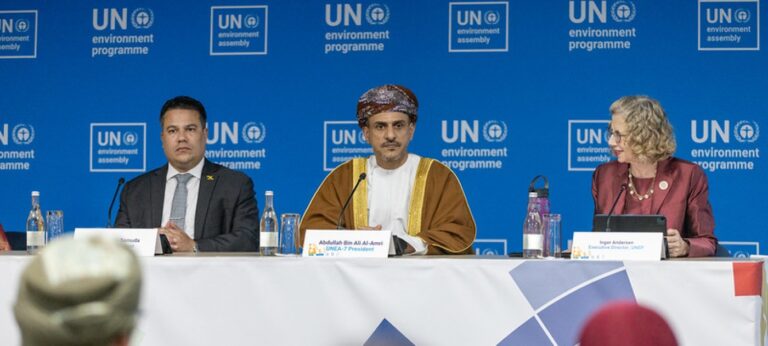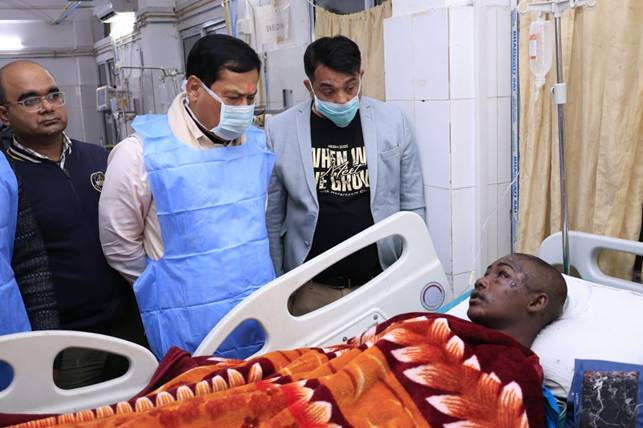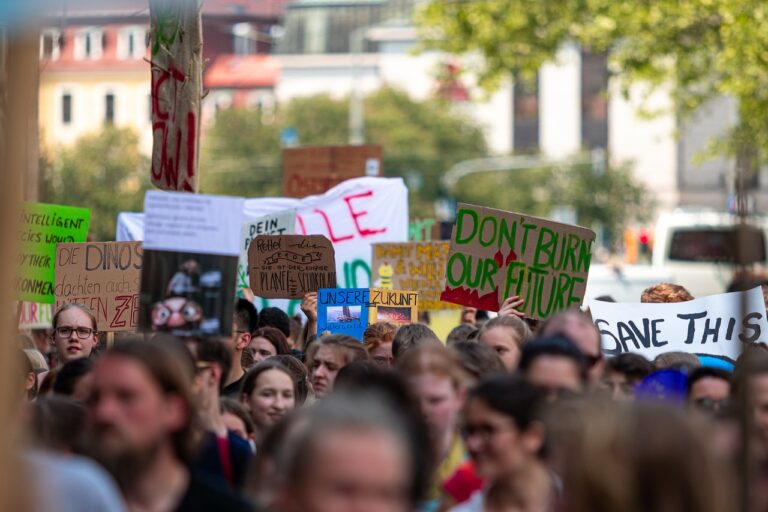
The rejuvenation of the Serni River has made Bhoodkheda village of the Chambal region of Rajasthan a model of enhanced biodiversity at a time when the world is facing an unprecedented environmental crisis deepened by climate change.
Droughts and floods have increased in the world and there is increasing water and food insecurity, loss of livelihood and dignity and distress migration. Conflicts are on the rise. The earth is wounded and in need of healing, which is possible through nature restoration and nature-based solutions. For this, water is critical.
At Bhoodkheda, ground and living evidence reveal how water conservation reduced conflict, ushered in peace and non-violent and rejuvenated biodiversity through an Indigenous knowledge system, which helped promote sustainable climate mitigation, adaptation and resilience. Soils regained moisture and agriculture became possible in this village that falls in the Serni River basin.
Solutions that are financially, culturally, socially, ecologically equitable and sustainable are required. Water needs are decentralised. Rainfall is also decentralized. Conservation of rain through decentralized ecologically appropriate structures can resolve the crisis of drought and flood, and inequitable access to water. These structures are low-cost and easy to manage. When community-driven, and based on local wisdom, these efforts are sustained.
At Bhoodkheda village, the availability of water catered to the needs of the soil and all life forms. Wildlife thirst was quenched, and water ushered in equality, peace, and security. It enhanced a feeling of well-being and enabled dignity.
Water underpins survival, human rights fulfilment, nature regeneration, and ecosystem restoration. Thus, water supports life. This whole system allows biodiversity enhancement.
Rivers play a critical role in water resources availability and management. Rivers revive ecosystems and help cushion against drought and flood. Rivers can be rejuvenated and must be allowed to flow.
The examples cited here are living and time-tested testimonies of dramatic and sustainable turnarounds possible through decentralized community-driven water conservation in this village which falls in one of India’s most challenging geographies.
Availability of water led to a dramatic shift from a violent to a non-violent way of life. Migrants returned to the village as honest livelihoods became possible. Over time, water conservation led to a revival of groundwater resources, rivers, and local economies.
Over time, water conservation led to the revival of groundwater resources, rivers, and local economies. As ecologies regenerated, dignified livelihoods led to economic and social prosperity and an environment of peace and security. Local food security was possible. Decentralized water conservation bridged the inequality gap and led to decentralized wealth generation. These villages were able to withstand climate shocks of erratic monsoon. Thus, sustained water conservation led to biodiversity-enhanced climate mitigation, adaptation and resilience.
Also read: चम्बल में सैरनी नदी को पुनर्जीवित करने में आदि ज्ञान की है अहम भूमिका
The example of Bhoodkheda village has stood the test of time, erratic monsoon behaviour and technical evaluation. The Serni River rejuvenation example validates the prosperity, dignity and non-violence that is possible with water. As we move towards an increasingly uncertain climate, the lessons from this village offer validated rays of hope as solutions for resilient livelihoods and economic prosperity that are restorative, healing, non-violent, decentralised and equitable.
– Excerpts from the book Decentralised and Equitable Climate Resilience through Community Knowledge, Rainwater Capture: Experience, Evidence by Rajendra Singh and Dr Indira Khurana.
Presented with the permission of the publisher, by Manjhal Sarangdevot, M.Sc (Environmental Science); Pursuing a PhD.









